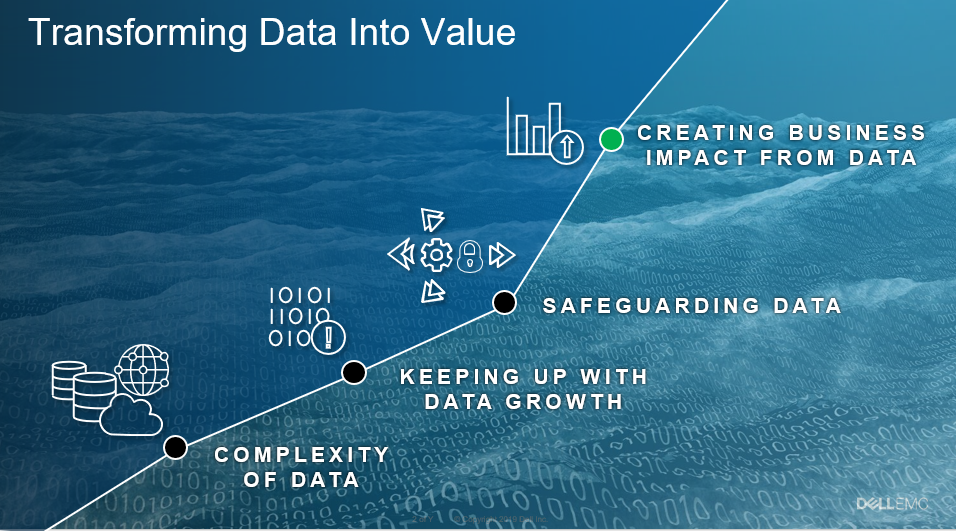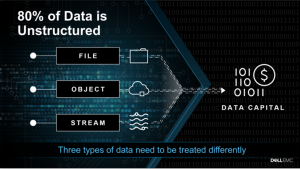Building the Platform for Data Capital
In my last post, we introduced the concept of Data Capital and the impact it is having on every industry. Organizations everywhere have embraced the...

In a world where digital transformation determines winners and losers, businesses continue to create increasingly larger volumes of data, and by way of doing so, have evolved to the point where every organization is now a technology company. Further, it is a time where the most significant source of differentiation an organization has is the data that it keeps.
To fully unlock the value of data capital, attention must be paid to where data resides, how it is managed, and how it’s protected. Ultimately, modernizing IT to accelerate data-driven decisions and drive business outcomes is critical to an organization’s success.
Getting data protection correct in this context isn’t always straightforward or easy. There’s complexity associated with protecting data spread across the globe and on numerous platforms, including multiple clouds. Data platforms have become specialized to address specific workloads, further fragmenting the data landscape. Add in the weight of massive data growth – at a rate of 569% since 2016 – and the value of retaining more data for longer periods, plus the persistent concern about disruptive events, and this creates challenges that can only be solved with a data protection solution that spans the entire data footprint.
It is in this world that we must redefine data protection.
Protecting data isn’t only about keeping it safe, but also about ensuring it remains continuously available. Data protection technologies can be used in new ways to accelerate migrations, power DevOps activities, simplify compliance and regulatory requirements, and facilitate the preservation of data for long-term monetization. Data protection can no longer only be considered an insurance policy; it must evolve to be a leverageable service that can help drive business outcomes. Data protection must transition to data management.

The specific definition and application of “data management” depends on an organization’s goals for acquiring, validating, storing, protecting and processing their data. In many cases, data is captured without a pre-determined use case to leverage it. Access to the right data, at the right time, and being able to extract the right insight from it can be a strategic advantage for the enterprise.
With this objective in mind, how does an organization identify the “right” data management solution?
Effectively, data is at the center of the data management universe, and hence every aspect of a data management solution. Attention must be given to every possible data source, target, service level objective, location, use case, consumption model and business model. Let’s unpack each of these considerations, or more fittingly, requirements:
Certainly, the list above symbolizes a significant number of factors for organizations to consider when modernizing IT. Organizations invest tremendous amounts of money and effort in creating data, and the availability of that data for use as a leverageable asset represents differentiated business value. Maximizing the return on that investment requires rethinking data protection, including transitioning to a data management solution.
Published with permission from https://blog.dellemc.com/en-us/

In my last post, we introduced the concept of Data Capital and the impact it is having on every industry. Organizations everywhere have embraced the...

Cloud-based productivity platforms have become a popular option for many small and medium sized businesses. The accessibility and collaboration...

The advent of scalable enterprise search based on (among other things) Lucene-based storage clusters has brought about a renaissance in analytics...